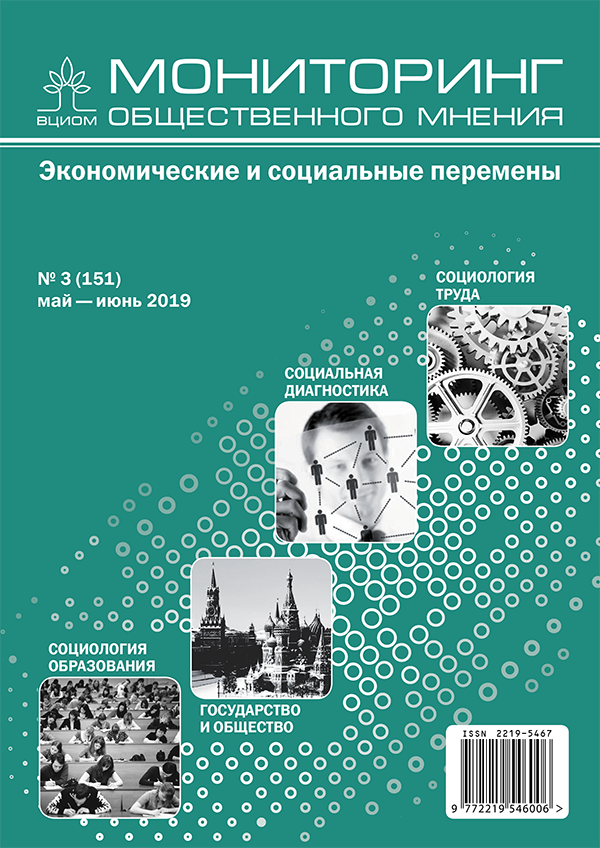Distribution of working time among modern Orthodox priests
DOI:
https://doi.org/10.14515/monitoring.2019.3.13Keywords:
priest, Orthodoxy, working time, time budget, anthropology of timeAbstract
The article presents the results of a study devoted to the time spent by the modern Russian Orthodox priests. The authors carried out observations and drew up the lists of daily activities of 27 priests from different Russian regions and cities and analyzed what they spend their working time on. Two approaches to the study of time were applied: the anthropology of time (qualitative observation; attention to internal motivation to organize the working day in a certain way) and the time-budget approach (quantitative studies aimed to calculate time spent by different segments of the population on different activities). Priests’ working time is of great interest because it is extremely hard to make the distinction between their paid and unpaid work. The findings suggest that priests with similar “starting kit” and social and demographic characteristics may have different ratios of basic indicators. However the extreme points of the average number of working hours is directly dependent on the parish (the lowest number of hours at parishes in closed areas and the highest number at cathedrals conducting community’ s cultural and social work). Remarkably, for most of priests secondary activities take more than half the working time, i.e. they have to do something they were not taught to do and are not required to do according to their duties.






